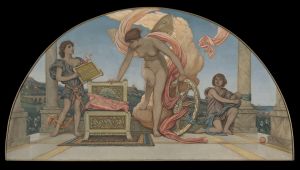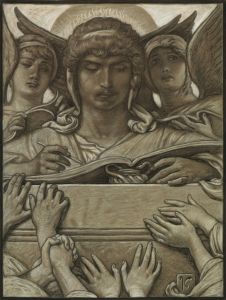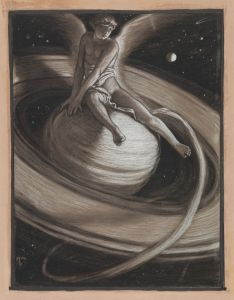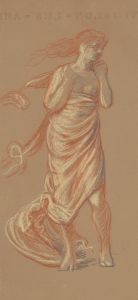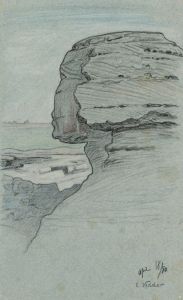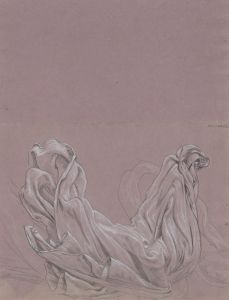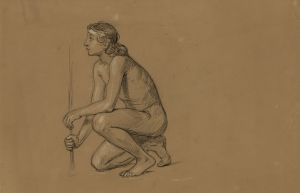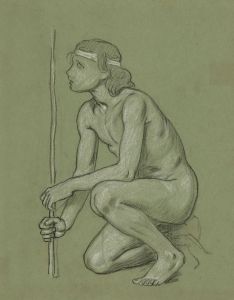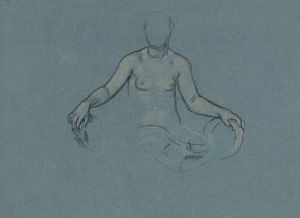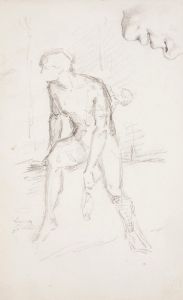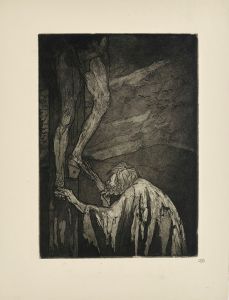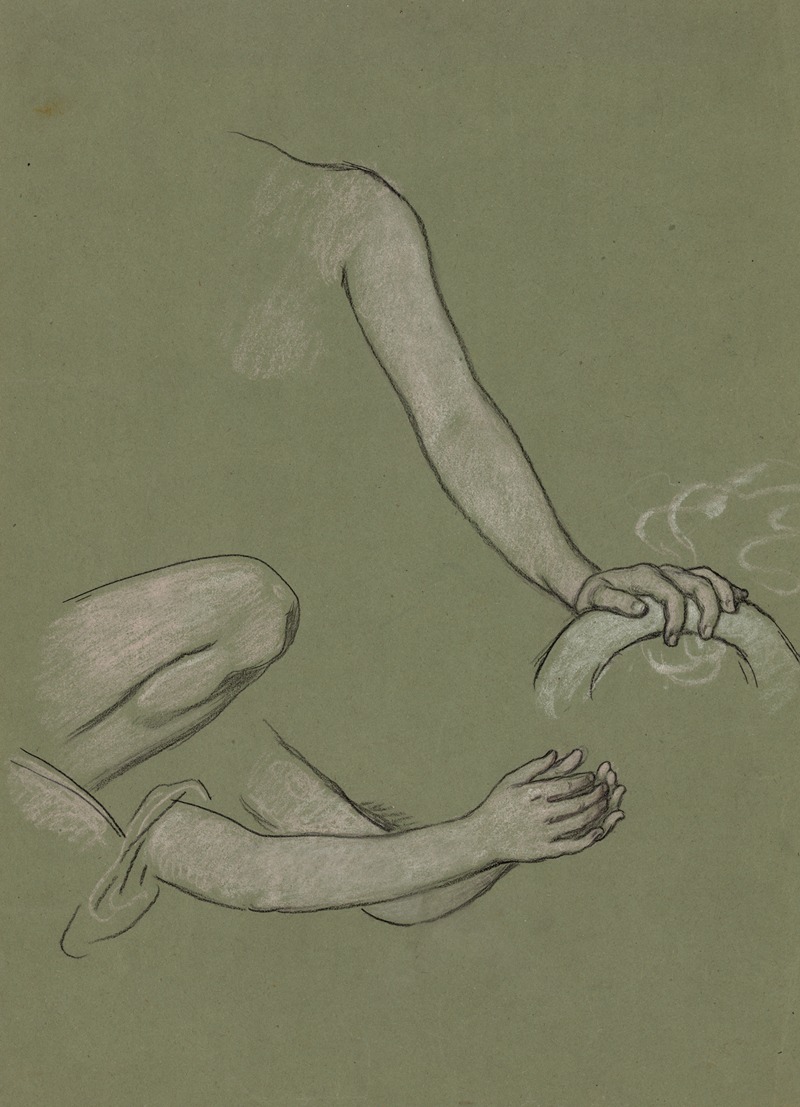
Study of the arms and hands of Peace in Peace and prosperity
A hand-painted replica of Elihu Vedder’s masterpiece Study of the arms and hands of Peace in Peace and prosperity, meticulously crafted by professional artists to capture the true essence of the original. Each piece is created with museum-quality canvas and rare mineral pigments, carefully painted by experienced artists with delicate brushstrokes and rich, layered colors to perfectly recreate the texture of the original artwork. Unlike machine-printed reproductions, this hand-painted version brings the painting to life, infused with the artist’s emotions and skill in every stroke. Whether for personal collection or home decoration, it instantly elevates the artistic atmosphere of any space.
Elihu Vedder, an American symbolist painter, is known for his allegorical and mystical works. One of his notable pieces is "Peace and Prosperity," which features a detailed study of the arms and hands of the figure representing Peace. This study is a testament to Vedder's meticulous attention to detail and his ability to convey complex themes through the human form.
Elihu Vedder was born in New York City in 1836 and spent much of his career in Italy, where he was influenced by the Renaissance masters and the burgeoning symbolist movement. His work often explored themes of fate, destiny, and the human condition, drawing on classical mythology and literature for inspiration. "Peace and Prosperity" is one such work that embodies these themes, using allegory to comment on the societal aspirations of his time.
The study of the arms and hands of Peace in this painting is particularly significant. Hands are often used in art to express emotion and intention, and Vedder's focus on this aspect of the figure suggests a deeper symbolic meaning. The hands of Peace are depicted with grace and serenity, possibly symbolizing the gentle and nurturing nature of peace itself. This attention to anatomical detail reflects Vedder's academic training and his commitment to realism, even within the context of symbolic and allegorical art.
Vedder's technique in rendering the hands and arms is meticulous, showcasing his skill in capturing the subtleties of human anatomy. The use of light and shadow in this study adds depth and dimension, enhancing the lifelike quality of the figure. This approach not only highlights Vedder's technical proficiency but also serves to draw the viewer's attention to the symbolic significance of the hands as instruments of peace and creation.
"Peace and Prosperity" was created during a period of significant social and political change, and Vedder's work often reflects the tensions and aspirations of his era. The choice to focus on peace and prosperity as central themes may have been influenced by the artist's own experiences and observations of the world around him. Through this study, Vedder invites viewers to contemplate the role of peace in achieving societal prosperity and the delicate balance required to maintain it.
Elihu Vedder's contribution to the symbolist movement and his unique approach to allegorical painting have left a lasting impact on the art world. His ability to infuse his work with both technical precision and profound symbolism continues to be celebrated by art historians and enthusiasts alike. The study of the arms and hands of Peace in "Peace and Prosperity" exemplifies Vedder's mastery of his craft and his dedication to exploring the deeper meanings behind the human experience.
In summary, Elihu Vedder's study of the arms and hands of Peace in "Peace and Prosperity" is a remarkable example of his skill as a symbolist painter. Through careful attention to detail and a deep understanding of allegory, Vedder creates a work that resonates with themes of harmony and abundance, inviting viewers to reflect on the enduring quest for peace in human society.






